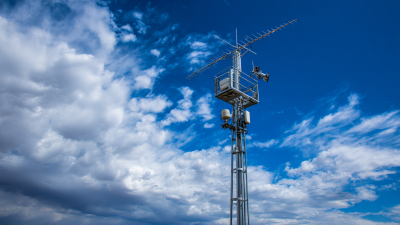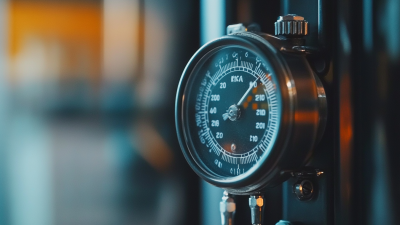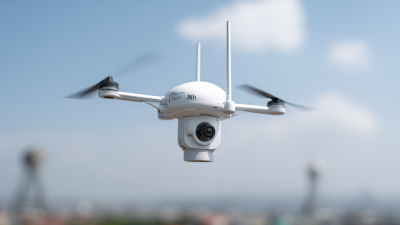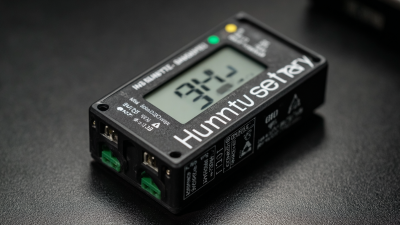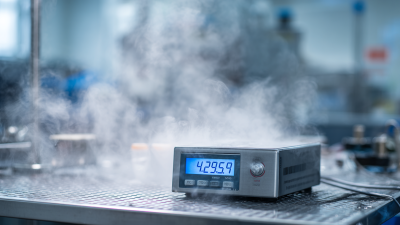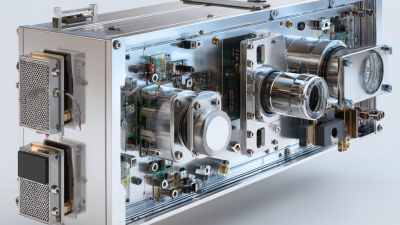
-
Home
-
Product Center
-
Application
-
Support
-
JT Cloud
-
About Us
-
Contact Us
Leave Your Message

Choosing the right air velocity measuring device is crucial for a range of applications, from industrial processes to environmental monitoring. With various options available in the market, it can be overwhelming to determine which device best suits your specific needs. Factors such as accuracy, range, ease of use, and budget all play significant roles in the decision-making process. Whether you are a professional in HVAC, meteorology, or laboratory environments, understanding the features and capabilities of different air velocity measuring devices will empower you to make an informed choice. This guide aims to break down the essential considerations for selecting the most appropriate device, ensuring that you achieve precise and reliable measurements in your projects.
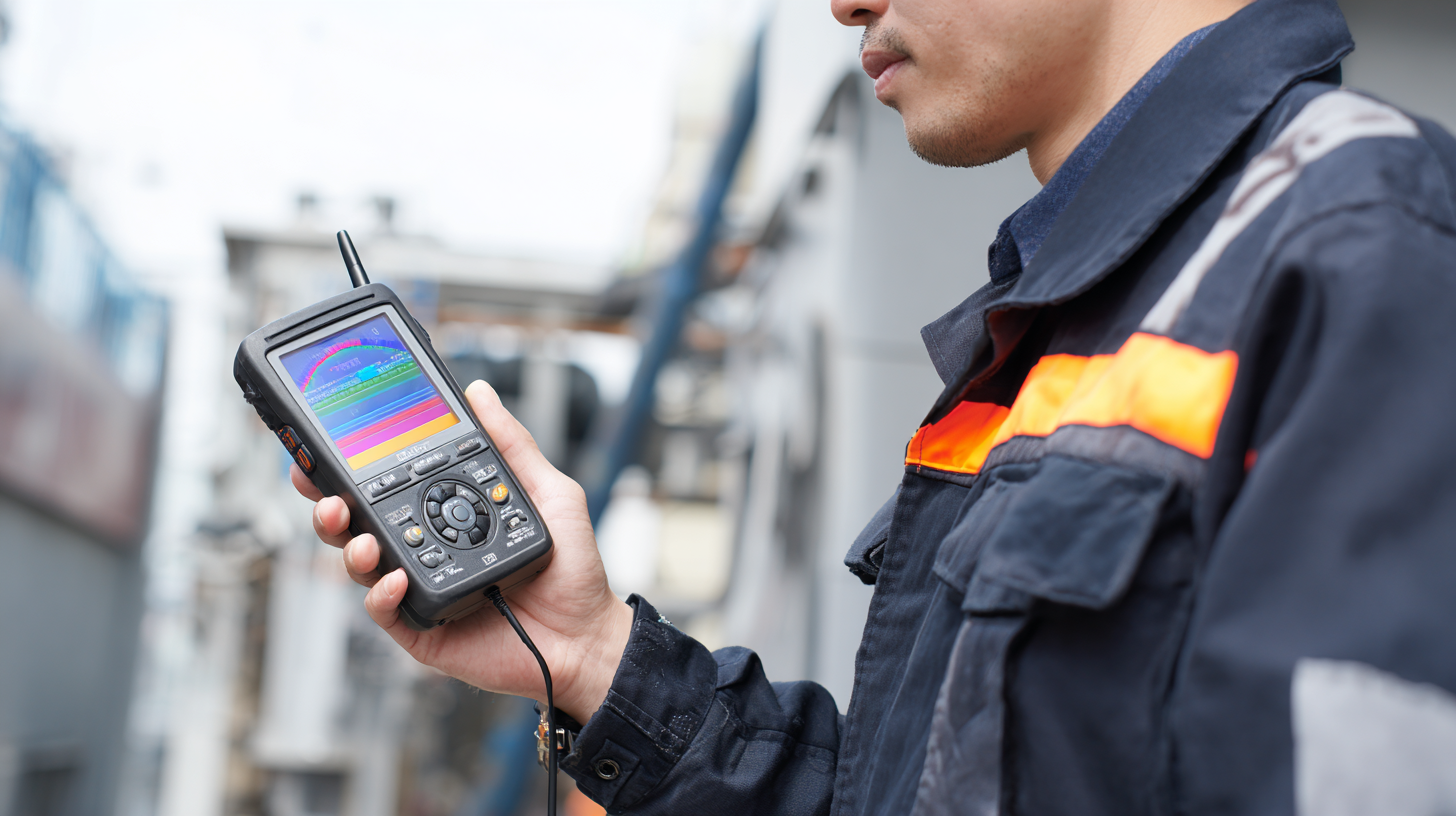
When selecting an air velocity measuring device, it is essential to understand the various types available on the market. One common type is the anemometer, which comes in several forms such as vane, hot-wire, and pitot tube anemometers. Vane anemometers are ideal for measuring larger airflow in ducts, while hot-wire anemometers are more suitable for low airflow measurements due to their sensitivity and accuracy in detecting small changes in air velocity.
Another option is the thermal mass flow meter, which calculates air velocity by measuring the heat transfer from a heated element to the surrounding air. This type is typically used in industrial settings for its ability to accurately measure low flow rates. Ultrasonic flow meters are also gaining popularity; they use sound waves to determine air velocity, making them ideal for applications requiring non-intrusive measurement. Understanding these various devices' functionalities and applications is crucial for choosing the right instrument tailored to your specific needs.

When selecting an air velocity measuring device, several key factors should be evaluated to ensure it meets your specific needs. First, consider the measurement range of the device. Depending on the application, you'll need a meter capable of measuring both low and high velocities accurately. For instance, in wind energy assessments, it’s crucial to have a device that can track varying wind speeds to optimize turbine selection and placement.
Another important factor is the accuracy and precision of the air velocity meter. Devices must provide reliable readings, as small deviations can significantly impact applications such as airflow analysis in ventilation systems or environmental assessments of pollutants. Additionally, ease of use and maintenance should also influence your choice, ensuring that you can consistently rely on the instrument in diverse conditions.
**Tips:**
1. Look for meters with data logging capabilities, as they can provide valuable insights over time and enable detailed analysis.
2. Consider portable options if measurements will be taken at various locations, ensuring flexibility in your data collection processes.
This chart compares the maximum air velocities measured by various types of air velocity measuring devices. Selecting the right device depends on usage scenarios, with different devices like Anemometers and Pitot Tubes offering varying capabilities.
When selecting an air velocity measuring device, accuracy and sensitivity are pivotal factors to consider. Accuracy refers to how closely a measurement reflects the true air velocity, while sensitivity indicates the instrument's ability to detect small changes in airflow. Devices like anemometers and airflow meters differ significantly in these aspects. For instance, vane anemometers are known for their high accuracy at higher air velocities, making them suitable for industrial applications. However, they may struggle with sensitivity at low velocities, which could be essential in laboratory settings or when monitoring delicate environments.
On the other hand, hot-wire anemometers excel in sensitivity, allowing them to detect minimal changes in air speed, even in low-velocity conditions. This makes them ideal for HVAC applications or research environments where precise airflow control is necessary. Nonetheless, they can be less accurate under turbulent conditions. Therefore, when comparing air velocity measuring tools, it's crucial to consider both accuracy and sensitivity in relation to your specific application to ensure that the device chosen meets your needs effectively.
| Device Type | Accuracy (% of Reading) | Sensitivity (m/s) | Measurement Range (m/s) | Application |
|---|---|---|---|---|
| Pitot Tube | ±1% | 0.01 | 0.5 - 50 | Industrial Airflow |
| Anemometer | ±2% | 0.05 | 0.1 - 30 | HVAC Systems |
| Hot Wire Anemometer | ±0.5% | 0.01 | 0.1 - 20 | Research Labs |
| Flow Hood | ±5% | 0.20 | 0.5 - 10 | Balanced Ventilation |
When selecting the right air velocity measuring device, understanding the required measurement range for your specific application is critical. Different air velocity applications, spanning from HVAC systems to industrial processes, demand varying ranges of measurement. For instance, a standard HVAC application might require a device with a range of 0-20 m/s, while more specialized industrial applications may necessitate sensors capable of measuring higher velocities, sometimes up to 40 m/s or more. Evaluating your application's velocity requirements will help in identifying the most suitable sensor.
Moreover, the miniaturization of air velocity sensors is a growing trend in the industry. Compact sensors that maintain high accuracy and sensitivity can be deployed in confined spaces without sacrificing performance. As technology advances, it is essential to consider not only the measurement range but also the device's physical dimensions and integration capabilities. This alignment between the device's specifications and application needs ensures optimized performance and reliability in varied operational conditions.
When it comes to selecting the right air velocity measuring device, budgeting plays a crucial role in determining the balance between cost and features. While it might be tempting to opt for the cheapest option available, it's essential to consider the specific functionalities you need. Higher-priced models often come equipped with advanced features such as data logging, wireless connectivity, and greater accuracy, which could significantly enhance your measurement precision and efficiency. Therefore, assessing your actual requirements against your budget can lead you to the right choice.
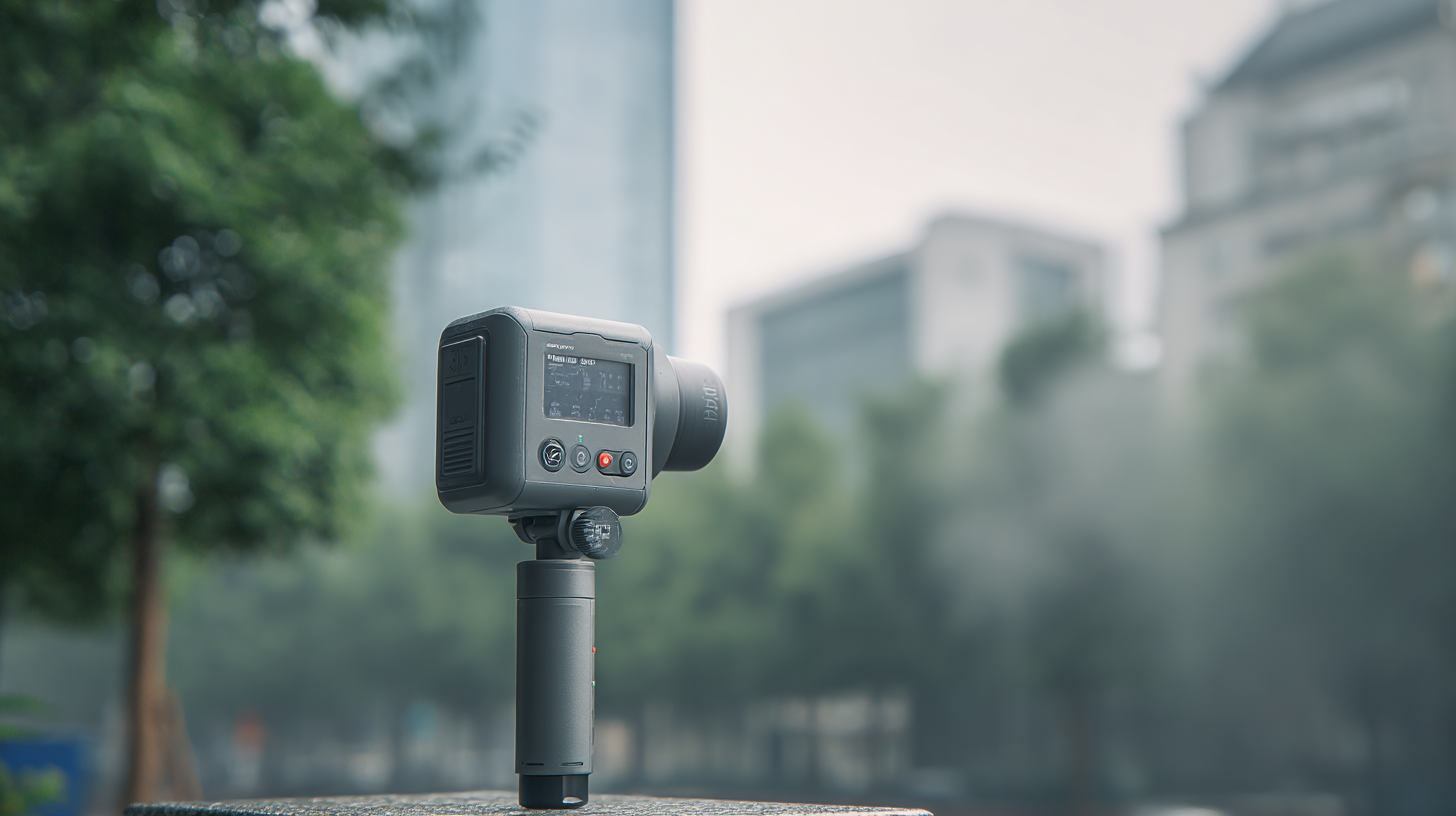
Tips: Before making a purchase, create a checklist of the features that are most important to you. Consider factors such as measurement range, portability, and ease of use. Additionally, evaluate the total cost of ownership, which includes not just the initial purchase price but also ongoing maintenance and calibration costs. This holistic view will help ensure that you invest wisely in a device that serves your long-term needs without breaking the bank.
Ultimately, understanding the trade-offs between cost and capabilities can empower you to choose the most suitable air velocity measuring device. Don’t hesitate to explore user reviews and seek expert advice to gain insights into how different models perform in real-world applications. By doing so, you can make an informed decision that aligns with both your budget and measurement requirements.
